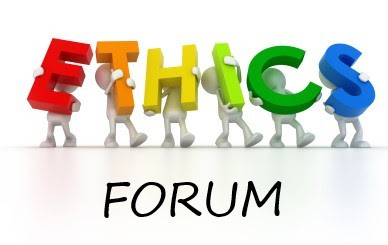Aesthetics is a branch of philosophy concerned with the nature of beauty, art, and taste, and the creation and appreciation of beauty.
Dr. Alice C. Linsley
In this series on aesthetics, we have been exploring impressions of beauty. Is it true that "beauty is in the eye of the beholder" or is it possible to speak of an absolute, universal perception of beauty? Clearly, the perception of beauty is subjective and grounded in the individual's sentiments, personal history, and values. Yet the very fact that aesthetics is effectively used instrumentally suggests that humans recognize beauty has value in itself. That may be the truest statement to touch on the universal appreciation of aesthetics.
Arthur Schopenhauer believed that exposure to beauty can help humans overcome misery. It is an antidote to the depression we face as mortals. In his book The Beginning of Wisdom, Leon Kass offers this insight: "Death is the mother of the love of glory, of a beautiful name for splendid deeds. Death is also - and similarly - the mother of beauty, of a concern with the beautification of an ugly world, fated to decay, rife with death." (p. 155)St. Paul urged the early Christians to dwell on the good and the lovely. He wrote, "whatsoever things are true, whatsoever things are honest, whatsoever things are just, whatsoever things are pure, whatsoever things are lovely, whatsoever things are of good report; if there be any virtue, and if there be any praise, think on these things." (Philippians 4:8) Thoughts are elevated when we ponder the good and the lovely.
In the great world religions, we find beauty is associated with spiritual elevation. Hinduism urges its adherents to "think of all beautiful things" and God is recognized as the source of goodness, truth, and beauty. (Rig Veda 5.82.5-7)
In Judaism, beauty is a fleeting reminder of God's goodness.
Islam asserts "God is beautiful and loves beauty." (Hadith of Muslim)
In Confucianism, we find the instrumental claim that a neighborhood is made beautiful by Goodness (Analects 4:1).
The arts can never be a replacement for religion. In his book What Good are the Arts?, John Carey writes, “Turning art into a religion often carries with it the assumption that there is a higher morality of art, distinct from conventional morality.” (p.136) That is the position of Aestheticism, the opposite of aesthetic instrumentalism. Aestheticism asserts that art belongs autonomously to the realm of the aesthetic. It has no interest in the application of the arts to religion or emotional or spiritual elevation.
Related reading: A First Look at Aesthetics; Beauty as the Good; Symbols of Beauty; Aesthetic Instrumentalism

